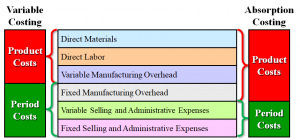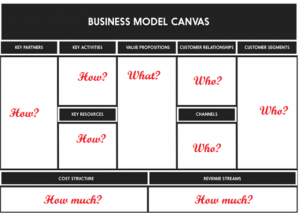Microsoft Planner, where have you been all my life?!
Tired of following up on your team to perform their committed tasks despite the constant reminders and follow up emails? Do you find to-do lists, post-it notes, and calendar reminders ineffective? Probably you have an Excel sheet where you keep track of all the tasks that you assigned your team? If this is the case, this article is for you.
Any manager would tell you that keeping track of their subordinates’ tasks takes a lot of effort. Some use small notepads or diaries that they carry around with them everywhere. Others use post-its or Excel sheets. Well, have I got a treat for you?!
Office 365 is full of hidden treasures that are, quite frankly, not being marketed effectively by the Microsoft team. I stumbled upon this gem while trying to setup a new group on Microsoft Teams to share the Excel Sheets and MS Project files that we use to keep track of our ongoing projects. We use MS Project to manage the big complex projects however we find it easier to keep track of the granular tasks on Excel Sheets – until we discovered Planner.
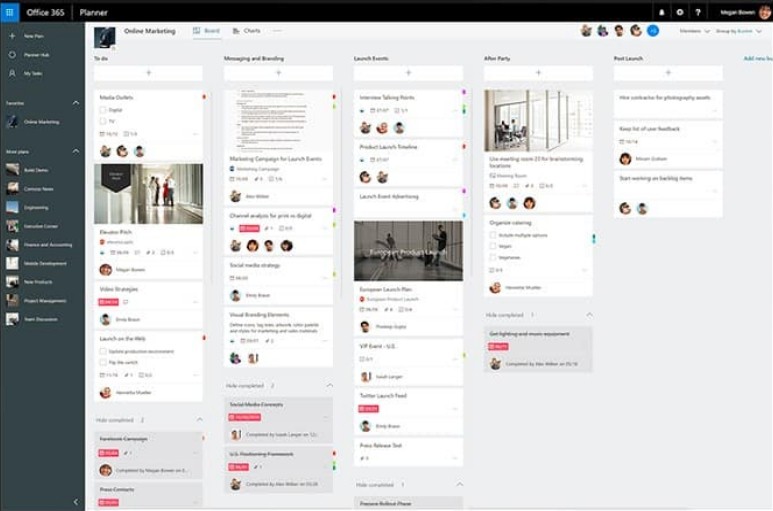
Microsoft Planner
Wow! That was my first reaction when I first used the app. It literally took seconds to install on Teams and it was so intuitive that our new-hire was able to convert all our Excel data onto it within minutes. It lists all our small projects and sales leads in a single Kanban view with all the tasks listed neatly below each header. This view can be changed to show tasks for each employee, or tasks according to their due dates or status. And if that isn’t enough, summary charts showing the total number of tasks for each employee along the number of late and open tasks overall and for each employee are readily available in the Charts view.
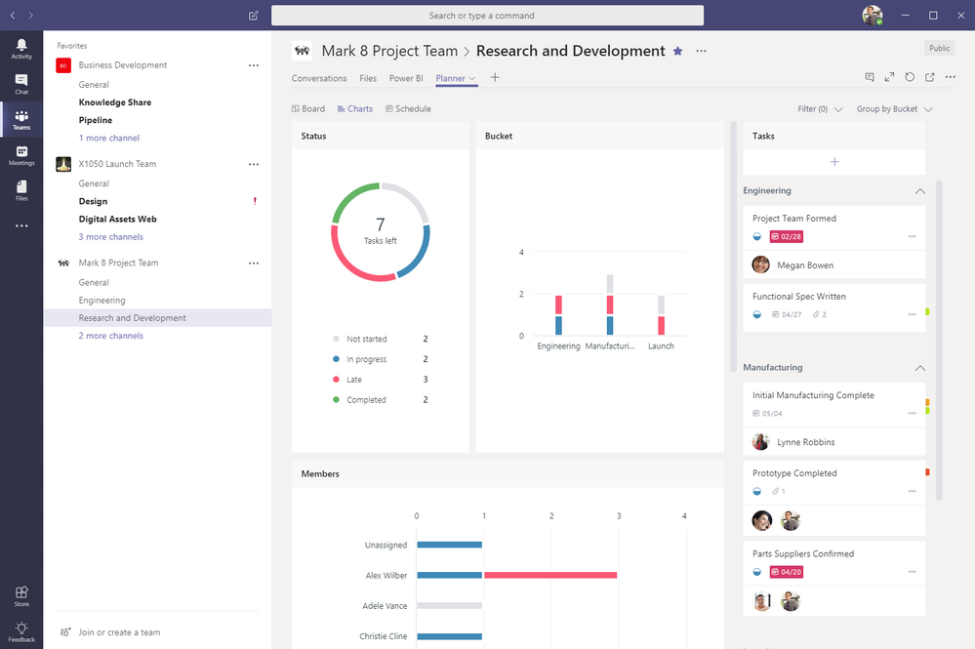
Microsoft planner
The beauty of the app isn’t just its visual appeal. I literally fell in love with it when I received an email notification the day after we installed it telling me about all the tasks that were due today and those that are due in the coming few days. Wow! These are the small tasks that are usually forgotten such as following up on quotes that have been sent or taking an online training course. It wouldn’t be practical to include them into MS Project and are quite difficult to keep track of because, well to be frank, they are not urgent.
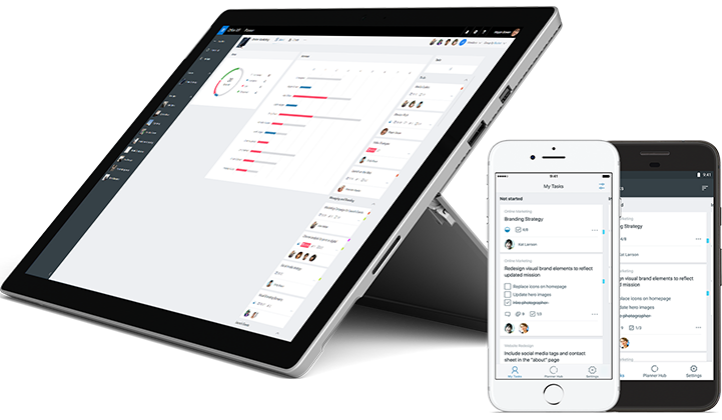
Microsoft Planner
I have been using Microsoft Planner for about a week now. It is an excellent tool that takes care of the headache of following up on people and allows you to focus on more important things. It also comes with a free mobile app that is even better than the desktop application or web portal – surprizing right?
In my opinion, Microsoft Planner is an excellent tool for a small business owner, a department head, or even a project manager. It is not to be compared with MS Project though. These are two very different programs despite their similarities. MS Project has much more features that help you calculate and manage every single aspect of your project which is exactly why it is not suitable for keeping track of the tiny day-to-day tasks that MS Planner is designed to handle.
Of course, there is some room for improvement. For example, tasks cannot be linked as predecessor and successor like MS Project, and the graphical reports can take a little bit of getting used to. However, in case you need a more powerful project management tool, probably Planner is not the best choice. On the other hand, if you need something to keep track of the mundane tasks that often go forgotten, then look no further than Planner.

